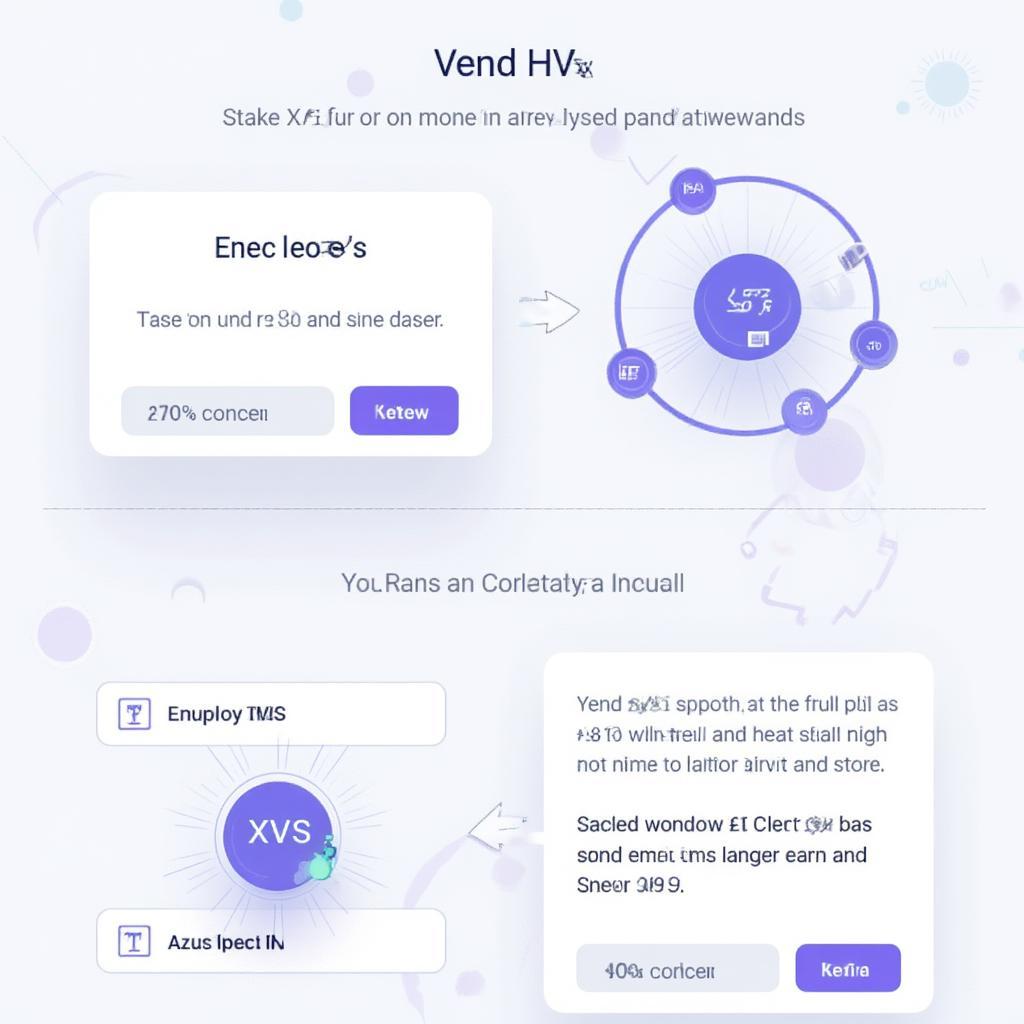Unveiling the Terra Blockchain: A Deep Dive into its Ecosystem

The Terra Blockchain emerged as a promising platform for decentralized finance (DeFi), aiming to create a stablecoin ecosystem for global payments. However, its dramatic collapse in 2022 serves as a crucial case study for the crypto space. This article explores the Terra blockchain, its innovative features, its downfall, and the lessons learned.
Understanding the Terra Blockchain’s Architecture
The Terra blockchain utilized a dual-token system: a stablecoin (UST) pegged to the US dollar and a volatile cryptocurrency (LUNA) used to maintain UST’s stability. This mechanism aimed to offer the benefits of both worlds: the stability of fiat currencies and the decentralized nature of crypto. The blockchain employed a proof-of-stake consensus mechanism, allowing users to stake LUNA to validate transactions and earn rewards. This design aimed for scalability and efficiency in processing transactions. Terra’s innovative approach attracted significant attention from investors and developers, fostering a vibrant ecosystem of DeFi applications built on the platform.
The Rise and Fall of UST: A Cautionary Tale
Terra’s stablecoin, UST, gained traction due to its decentralized nature and attractive yields offered through protocols like Anchor. The promise of high returns on a seemingly stable asset drew substantial capital into the Terra ecosystem. However, the stability mechanism relied on market arbitrage between LUNA and UST, making it vulnerable to large-scale attacks. In May 2022, a massive sell-off of UST triggered a cascade effect, leading to a de-pegging of the stablecoin and a catastrophic crash of LUNA’s price. This event wiped out billions of dollars in value and shook the entire crypto market.
Key Features of the Terra Blockchain
Despite its downfall, the Terra blockchain introduced several innovative features worth exploring. Its use of a dual-token system for stablecoin stabilization was a novel approach, albeit one that ultimately proved flawed. The blockchain’s focus on DeFi applications and its integration with the Cosmos ecosystem offered promising potential for interoperability and growth. Moreover, Terra’s use of the Tendermint consensus engine provided a robust and efficient foundation for transaction processing.
What Led to the Terra Luna Collapse?
Several factors contributed to the collapse of the Terra blockchain. The inherent vulnerability of the algorithmic stablecoin mechanism to market manipulation played a crucial role. The reliance on a single protocol, Anchor, for high yields on UST created a concentrated point of risk. Furthermore, the lack of transparency and adequate risk management within the Terra ecosystem exacerbated the situation.
Lessons Learned from the Terra Implosion
The Terra collapse provided valuable lessons for the crypto industry. It highlighted the importance of robust stablecoin designs, the risks associated with algorithmic stablecoins, and the need for greater transparency and regulation in the DeFi space. The event also underscored the importance of diversification and risk management for investors in the volatile crypto market.

Terra 2.0: A New Beginning?
Following the collapse, the Terra community voted to create a new blockchain, Terra 2.0, abandoning the algorithmic stablecoin model. The new chain focuses on rebuilding the ecosystem without UST, concentrating on DeFi development and community governance. While the future of Terra 2.0 remains uncertain, it represents an attempt to learn from the past and create a more sustainable blockchain platform.
Exploring the Future of Terra
The future of the Terra ecosystem depends on its ability to regain trust, attract developers, and build innovative applications on the new blockchain. The success of Terra 2.0 will hinge on its ability to address the shortcomings of its predecessor and establish a more resilient and transparent ecosystem. The community’s commitment to rebuilding and innovating will be crucial for the long-term success of the project.

Conclusion
The Terra blockchain story is a cautionary tale of innovation and risk in the crypto space. While the collapse of UST and LUNA had a devastating impact, it also provided valuable lessons for the industry. The future of Terra remains uncertain, but the ongoing efforts to rebuild and innovate on Terra 2.0 demonstrate the resilience of the crypto community. Understanding the complexities of the Terra blockchain is essential for navigating the evolving landscape of decentralized finance.
FAQ
-
What was the main cause of the Terra Luna crash? The primary cause was the de-pegging of UST, triggered by large-scale selling pressure and vulnerabilities in the algorithmic stablecoin mechanism.
-
What is Terra 2.0? Terra 2.0 is a new blockchain created after the collapse of the original Terra chain, abandoning the algorithmic stablecoin UST and focusing on rebuilding the ecosystem.
-
What is LUNA? LUNA was the volatile cryptocurrency used to maintain the stability of UST on the original Terra blockchain.
-
What is UST? UST was the algorithmic stablecoin pegged to the US dollar on the original Terra blockchain.
-
What are the lessons learned from the Terra collapse? Key lessons include the risks of algorithmic stablecoins, the need for greater transparency in DeFi, and the importance of diversification for investors.
-
What is the future of Terra 2.0? The future remains uncertain but depends on regaining trust, attracting developers, and building innovative applications.
-
Is Terra a proof-of-stake blockchain? The original Terra blockchain utilized a proof-of-stake consensus mechanism.
-
What are the key features of the Terra blockchain? Key features included the dual-token system, focus on DeFi, and integration with the Cosmos ecosystem.
-
How did the Terra Luna collapse impact the crypto market? The collapse had a significant negative impact, eroding trust and leading to increased scrutiny of stablecoins and DeFi projects.




